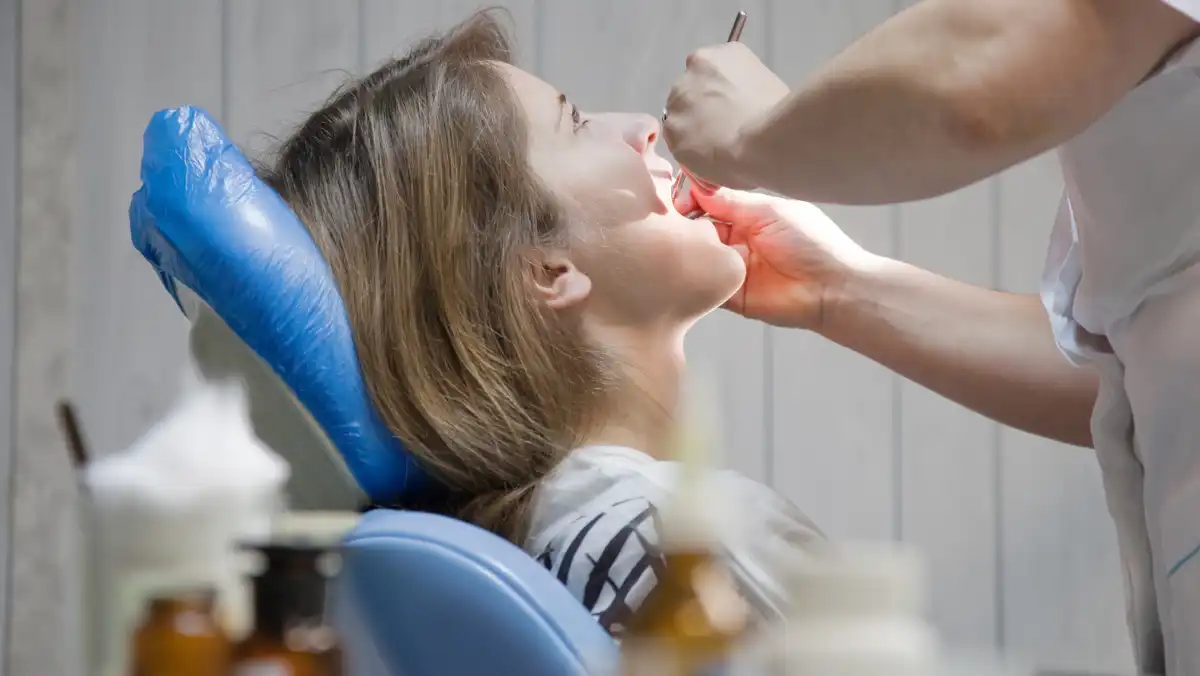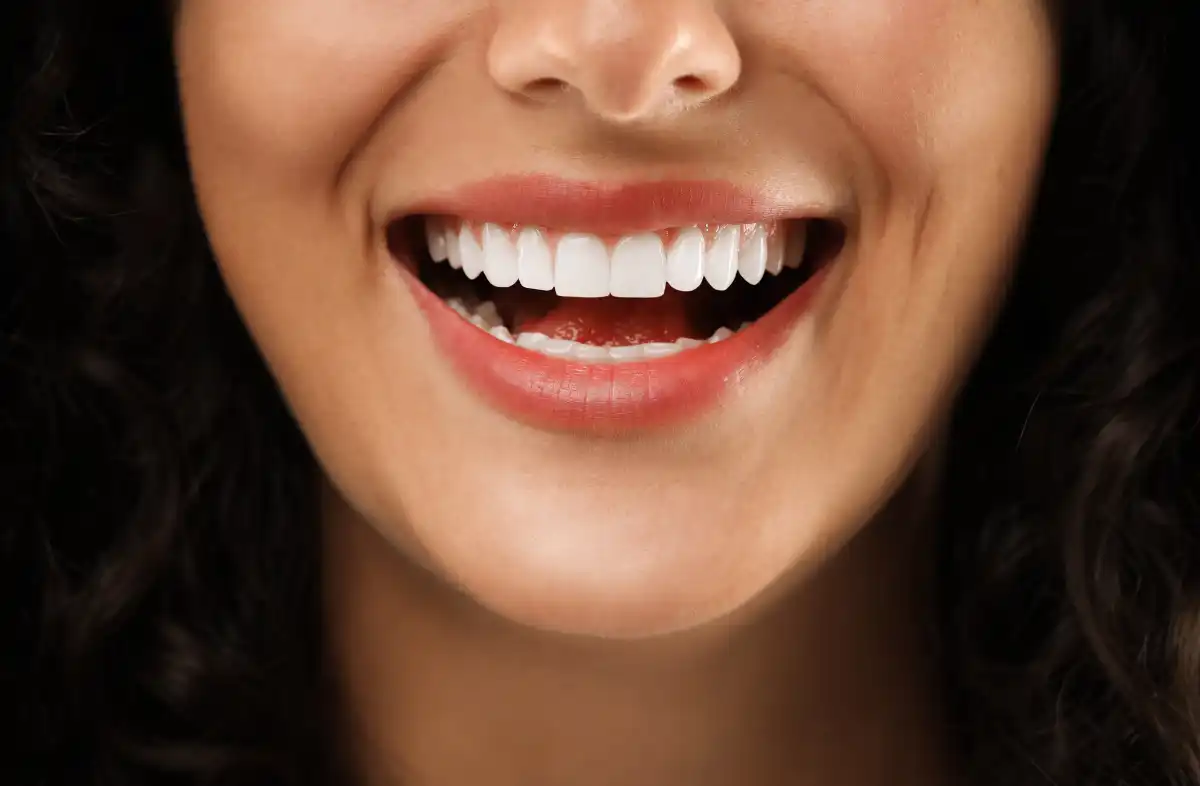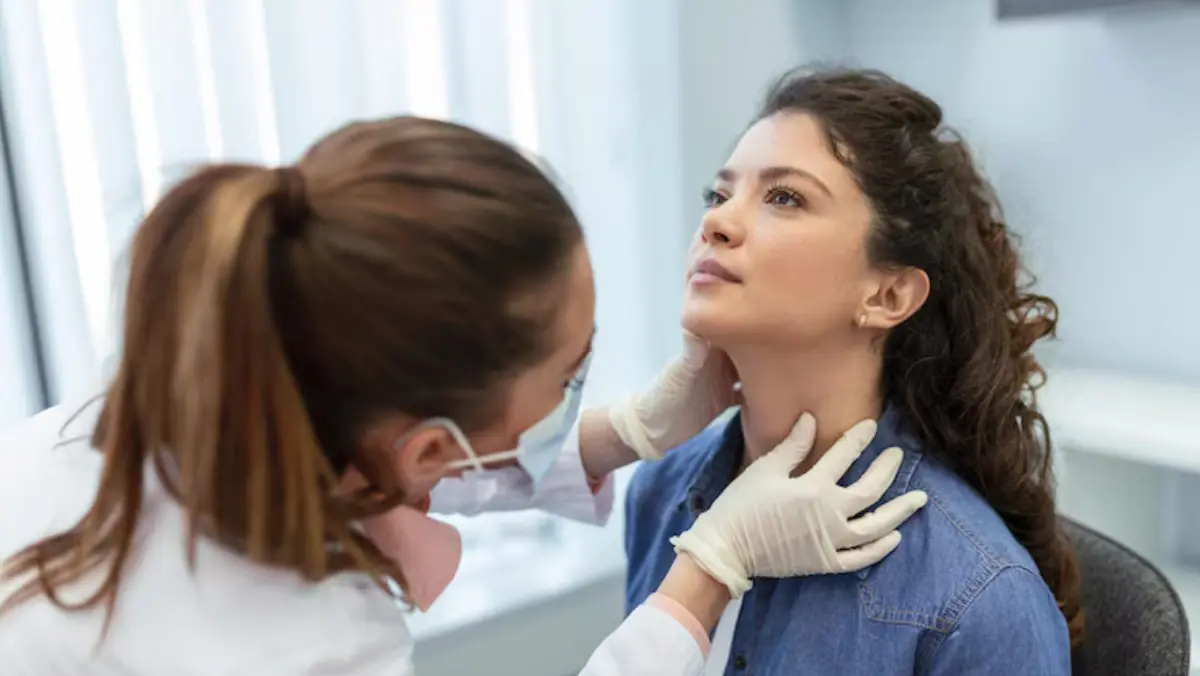
Temporomandibular Joint (TMJ) Therapy
TMJ therapy relieves jaw pain, improves bite alignment, and restores comfortable movement and oral function.

TMJ therapy relieves jaw pain, improves bite alignment, and restores comfortable movement and oral function.

Veneers are thin, custom-made shells that improve teeth appearance by correcting shape, color, and alignment.

Myofunctional Therapy improves breathing, tongue posture, and facial muscles for better oral and overall health.

Restorative Dentistry focuses on repairing damaged teeth, restoring function, aesthetics, and overall oral health.

Orthodontics aligns teeth and jaws, improving smile aesthetics, bite function, and long-term oral health.

Dentures are removable replacements for missing teeth, restoring smile, speech, and chewing ability effectively.

Comprehensive trauma and emergency care with rapid response, expert intervention, and life-saving treatments 24/7.

Sedation for adults ensures anxiety-free dental procedures with minimal discomfort, promoting relaxation and pain control.

Oral surgery treats dental issues like extractions, implants, and jaw corrections for improved oral health.

Enamel and dentin defects weaken teeth, causing sensitivity, discoloration, and increased risk of cavities.

Pediatric Dentistry ensures healthy teeth, gums, and smiles for children through gentle, age-appropriate dental care.

Dental implants restore missing teeth with natural appearance, stability, and long-lasting function for confident smiles.
Creating Healthy Smiles with Expertise. Offering top-quality dental care for children and adults in a compassionate, comfortable environment. Trusted by families across Chennai for expert treatments and exceptional service.
Copyright © 2025 Dr. Hari’s Dental Centre. All rights reserved.
© Designed and Developed By Cloudstar Digital